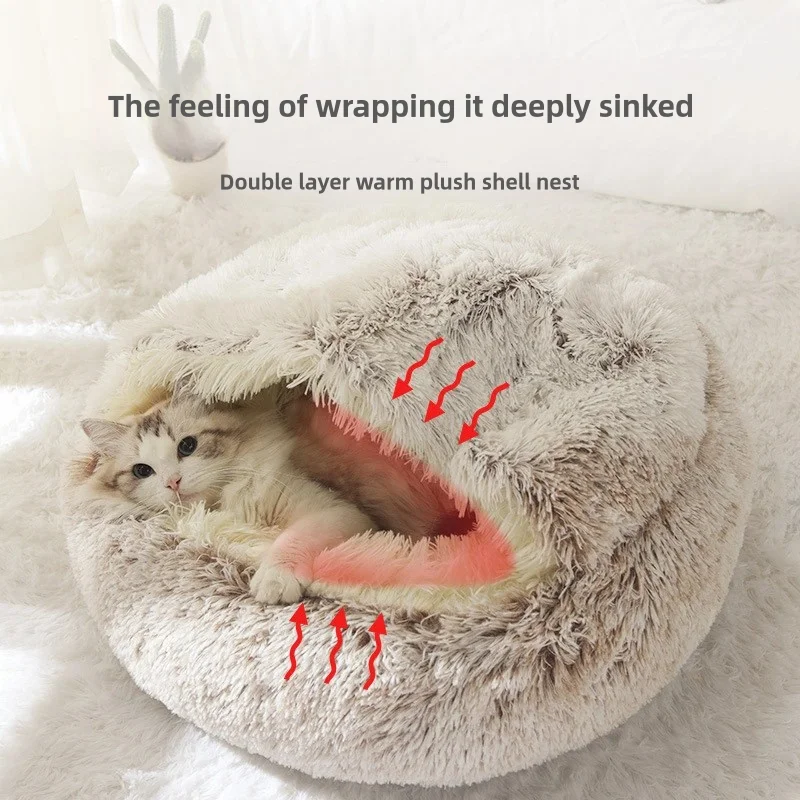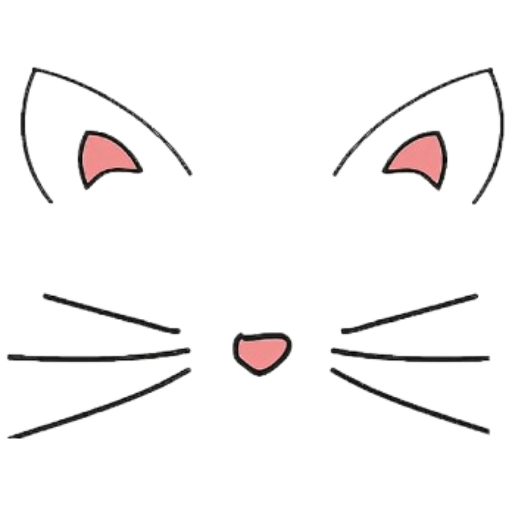The Feline Innovators of Sleep Science: Cats and Their Influence on Restful Practices
- 15 Comments
In the realm of sleep science, where researchers strive to unravel the mysteries of rest and rejuvenation, an unlikely but increasingly significant contributor has emerged: the domestic cat. These feline companions, known for their ability to nap at a moment’s notice and their seemingly innate understanding of comfort, are becoming influential figures in the study of sleep and relaxation.
Cats have long been admired for their ability to sleep anywhere from 12 to 16 hours a day, a skill that has piqued the interest of sleep scientists and researchers. The natural sleep patterns of cats, which include short bursts of intense activity followed by long periods of rest, offer a unique model for studying the benefits of napping and segmented sleep. This has led to a growing interest in how these patterns could be applied to human sleep practices, potentially offering new insights into combating insomnia and improving overall sleep quality.
Moreover, the environment in which cats choose to sleep is of particular interest. Felines are known for their preference for warm, soft, and secluded spots, often seeking out sunlit areas or cozy nooks that provide a sense of security. These preferences align closely with the principles of sleep hygiene, which emphasize the importance of creating a restful environment to promote better sleep. By observing the sleeping habits of cats, researchers have gained valuable insights into how environmental factors, such as temperature and bedding, can influence sleep quality in humans.
Cats have also been shown to contribute to stress reduction and relaxation, both of which are essential components of healthy sleep. The rhythmic sound of a cat purring is widely believed to have a calming effect, capable of lowering stress levels and promoting a sense of tranquility. This phenomenon, often referred to as “purr therapy,” is now being explored for its potential applications in helping individuals with sleep disorders. The soothing presence of a purring cat may serve as an effective natural remedy for those struggling to unwind and drift into slumber.
Recent studies have also focused on the role of cats as sleep companions. The comforting presence of a feline friend can provide a sense of companionship and security, reducing feelings of loneliness and anxiety that often contribute to sleep disturbances. While some sleep experts caution against sharing a bed with pets due to possible disruptions, others argue that the benefits of reduced stress and companionship may outweigh the occasional interruption.
The influence of cats on sleep science extends beyond the confines of the laboratory and into the realm of popular culture. The portrayal of cats as symbols of relaxation and leisure has been a recurring theme in literature and art, reinforcing their association with restfulness. This cultural perception further underscores the potential value of incorporating feline-inspired practices into sleep improvement strategies.
As the field of sleep science continues to evolve, the role of cats in shaping our understanding of rest and relaxation is likely to expand. From their instinctive napping patterns to their calming presence, cats offer a wealth of insights that could pave the way for innovative approaches to improving sleep health. As researchers delve deeper into the intricacies of sleep, the contributions of our feline companions will undoubtedly remain a source of fascination and inspiration, highlighting the profound connection between our lives and the mysterious world of sleep.

In the realm of sleep science, where researchers strive to unravel the mysteries of rest and rejuvenation, an unlikely but increasingly significant contributor has emerged: the domestic cat. These feline companions, known for their ability to nap at a moment’s notice and their seemingly innate understanding of comfort, are becoming influential figures in the study of sleep and relaxation.
Cats have long been admired for their ability to sleep anywhere from 12 to 16 hours a day, a skill that has piqued the interest of sleep scientists and researchers. The natural sleep patterns of cats, which include short bursts of intense activity followed by long periods of rest, offer a unique model for studying the benefits of napping and segmented sleep. This has led to a growing interest in how these patterns could be applied to human sleep practices, potentially offering new insights into combating insomnia and improving overall sleep quality.
Moreover, the environment in which cats choose to sleep is of particular interest. Felines are known for their preference for warm, soft, and secluded spots, often seeking out sunlit areas or cozy nooks that provide a sense of security. These preferences align closely with the principles of sleep hygiene, which emphasize the importance of creating a restful environment to promote better sleep. By observing the sleeping habits of cats, researchers have gained valuable insights into how environmental factors, such as temperature and bedding, can influence sleep quality in humans.
Cats have also been shown to contribute to stress reduction and relaxation, both of which are essential components of healthy sleep. The rhythmic sound of a cat purring is widely believed to have a calming effect, capable of lowering stress levels and promoting a sense of tranquility. This phenomenon, often referred to as “purr therapy,” is now being explored for its potential applications in helping individuals with sleep disorders. The soothing presence of a purring cat may serve as an effective natural remedy for those struggling to unwind and drift into slumber.
Recent studies have also focused on the role of cats as sleep companions. The comforting presence of a feline friend can provide a sense of companionship and security, reducing feelings of loneliness and anxiety that often contribute to sleep disturbances. While some sleep experts caution against sharing a bed with pets due to possible disruptions, others argue that the benefits of reduced stress and companionship may outweigh the occasional interruption.
The influence of cats on sleep science extends beyond the confines of the laboratory and into the realm of popular culture. The portrayal of cats as symbols of relaxation and leisure has been a recurring theme in literature and art, reinforcing their association with restfulness. This cultural perception further underscores the potential value of incorporating feline-inspired practices into sleep improvement strategies.
As the field of sleep science continues to evolve, the role of cats in shaping our understanding of rest and relaxation is likely to expand. From their instinctive napping patterns to their calming presence, cats offer a wealth of insights that could pave the way for innovative approaches to improving sleep health. As researchers delve deeper into the intricacies of sleep, the contributions of our feline companions will undoubtedly remain a source of fascination and inspiration, highlighting the profound connection between our lives and the mysterious world of sleep.



15 thoughts on “The Feline Innovators of Sleep Science: Cats and Their Influence on Restful Practices”
Pingback: sans ordonnance kamagra pharmacie gracieux ans
Pingback: není nutný předpis kamagra
Pingback: purchase itraconazole low cost
Pingback: how to buy fildena us prices
Pingback: how to buy gabapentin canada price
Pingback: purchase flexeril cyclobenzaprine cheap fast shipping
Pingback: cheapest buy dutasteride usa buy online
Pingback: online order avodart mastercard buy
Pingback: cheap staxyn canada fast shipping
Pingback: buy xifaxan generic no prescription
Pingback: rifaximin without a perscriptions
Pingback: cheapest buy enclomiphene american express
Pingback: cheap androxal buy online australia
This article offers fascinating insights into how our feline companions contribute to advancements in understanding and improving sleep health.
This insightful article highlights the fascinating ways in which cats can inspire and enhance our understanding of sleep practices.